At the heart of this mission are lithography machines – crucial equipment for the production of advanced microprocessors. Export restrictions by the US and its allies have reduced Huawei’s access to these machines, as the chip foundry market is dominated by three giants: ASML (Netherlands), Nikon and Canon (Japan).
The new R&D center, located in western Shanghai, will include a key microprocessor development facility and the new headquarters of HiSilicon Technologies, Huawei's chip design unit. It will also house a research center for wireless technology and smartphones.
The total investment of this project is about 12 billion yuan (1.66 billion USD), making it one of Shanghai's top projects in 2024, the city government said.
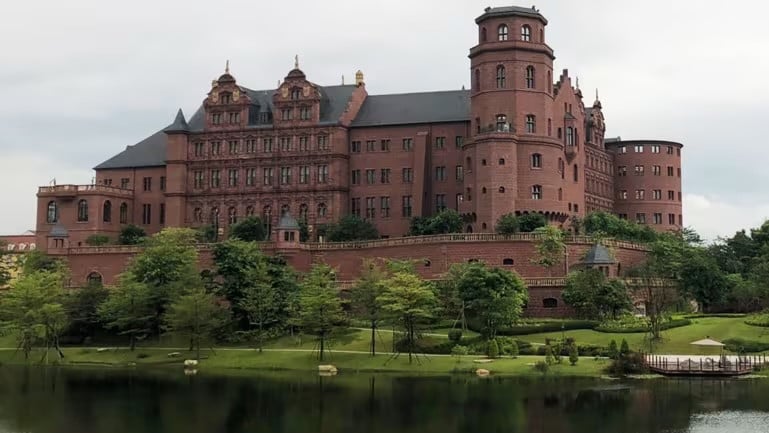
To put that in perspective, the project is the size of 224 football fields combined. Huawei also designed a train to move between buildings on campus. When completed, the center will be able to accommodate more than 35,000 high-tech workers.
Huawei's R&D expenditure in 2023 reached a record 164.7 billion yuan, accounting for 23.4% of the group's total revenue.
Before being blacklisted by Washington, the company primarily designed chips and outsourced manufacturing to foreign partners such as TSMC and Globalfoundries. Currently, domestic manufacturers such as SMIC are Huawei’s foundry partners. However, the company plans to become self-sufficient in foundry operations with a series of government-backed deals in cities such as Shenzhen, Qingdao, and Quanzhou.
To attract high-quality workers to the center, Huawei is offering salaries twice as high as those offered by other domestic chipmakers, according to Nikkei Asia . The tech giant has hired a large number of engineers who have worked for the world's leading chip foundry tool makers such as Applied Materials, Lam Research, KLA and ASML.
The US technology export controls imposed in recent years have affected the mainland job market, and the increasing difficulty for Chinese engineers to work for foreign chip companies has opened up opportunities for Huawei and domestic companies to attract talent.
However, industry executives say that despite the “generous” salary packages, the biggest challenge for engineers is work culture.
“The working environment is brutal. It’s not 996 – 9am to 9pm, six days a week – but 007 – 0am to 0am, seven days a week, no days off,” said a Chinese chip engineer. “The contracts are usually three years, but most of them don’t last until they’re renewed.”
Chinese foundries are now looking for domestically produced equipment to replace imported semiconductors. Naura, the leading foundry equipment supplier in the mainland, has seen its revenue quadruple since 2018 and is expected to break another record in 2023.
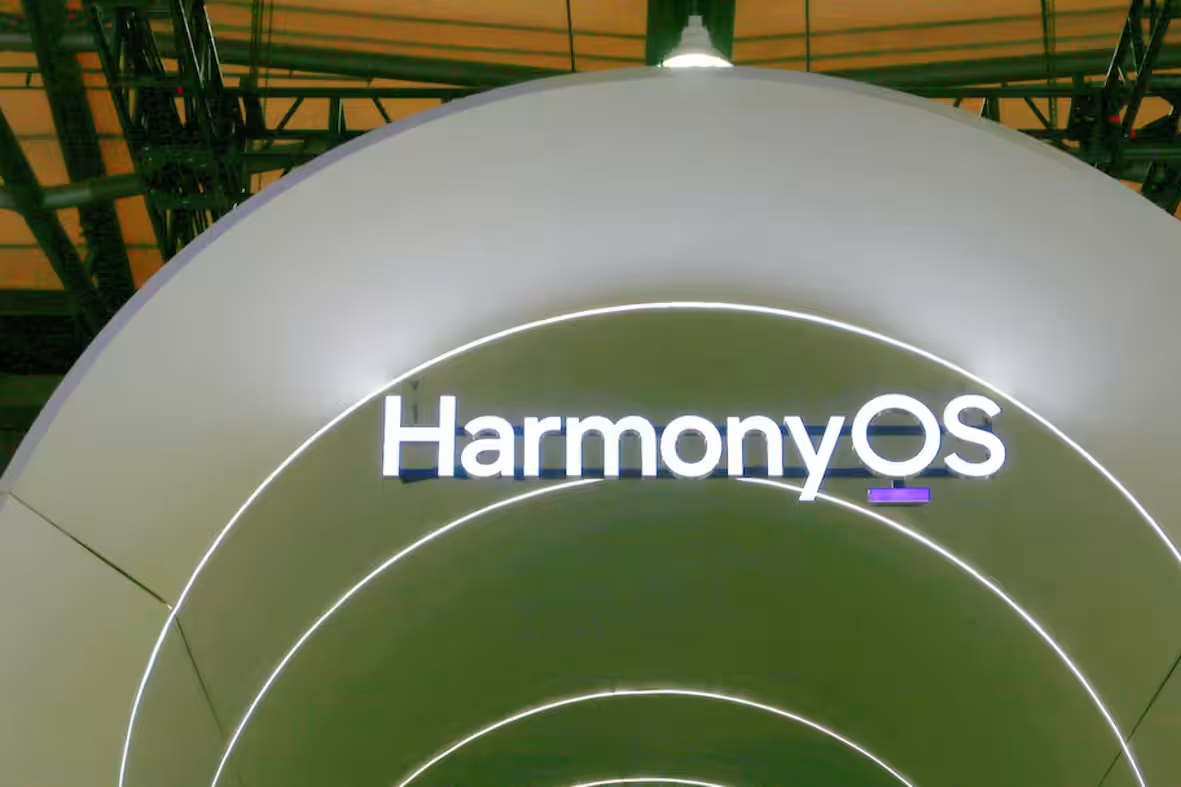
Source


![[Photo] General Secretary To Lam attends the 8th Congress of the Central Public Security Party Committee](https://vphoto.vietnam.vn/thumb/1200x675/vietnam/resource/IMAGE/2025/10/4/79fadf490f674dc483794f2d955f6045)
![[Photo] Solemn opening of the 8th Congress of the Central Public Security Party Committee, term 2025-2030](https://vphoto.vietnam.vn/thumb/1200x675/vietnam/resource/IMAGE/2025/10/4/f3b00fb779f44979809441a4dac5c7df)



![[Photo] Bustling Mid-Autumn Festival at the Museum of Ethnology](https://vphoto.vietnam.vn/thumb/1200x675/vietnam/resource/IMAGE/2025/10/4/da8d5927734d4ca58e3eced14bc435a3)
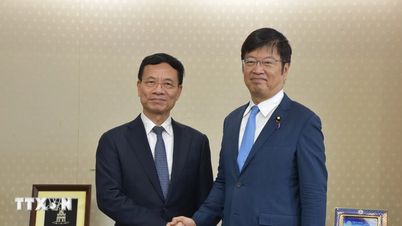

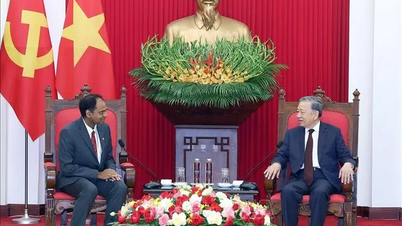

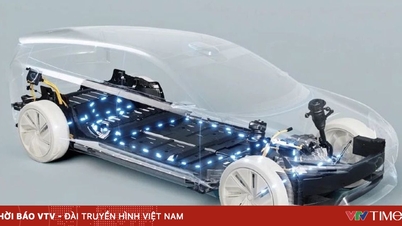

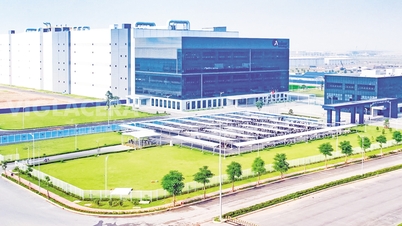


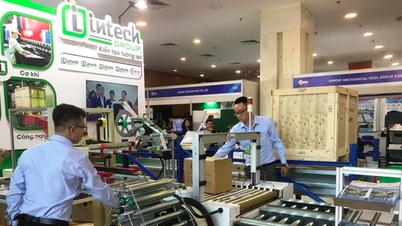

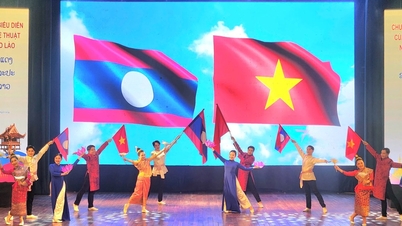

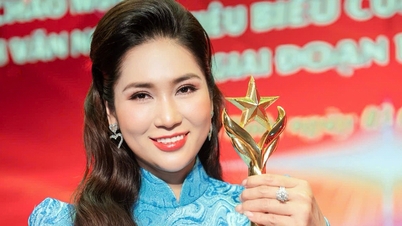

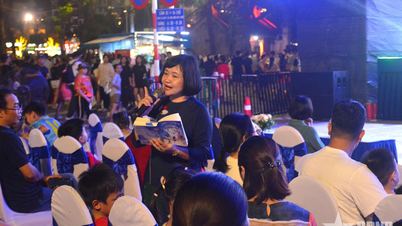


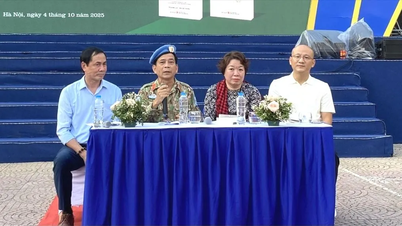
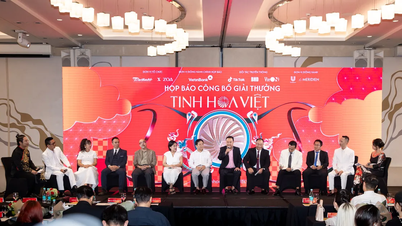






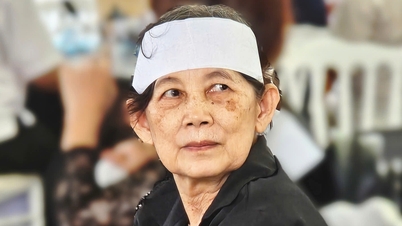


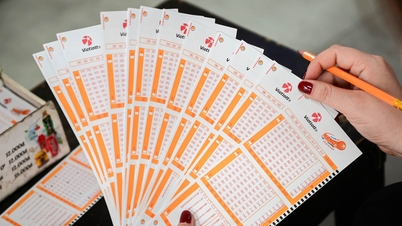























![[VIDEO] Summary of Petrovietnam's 50th Anniversary Ceremony](https://vphoto.vietnam.vn/thumb/402x226/vietnam/resource/IMAGE/2025/10/4/abe133bdb8114793a16d4fe3e5bd0f12)

![[VIDEO] GENERAL SECRETARY TO LAM AWARDS PETROVIETNAM 8 GOLDEN WORDS: "PIONEER - EXCELLENT - SUSTAINABLE - GLOBAL"](https://vphoto.vietnam.vn/thumb/402x226/vietnam/resource/IMAGE/2025/7/23/c2fdb48863e846cfa9fb8e6ea9cf44e7)




















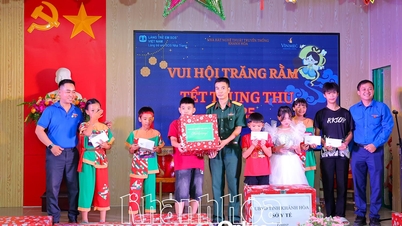

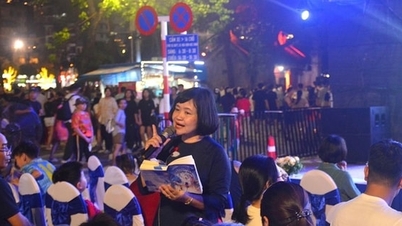
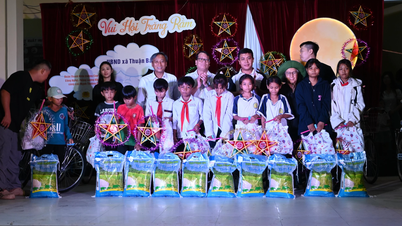








Comment (0)